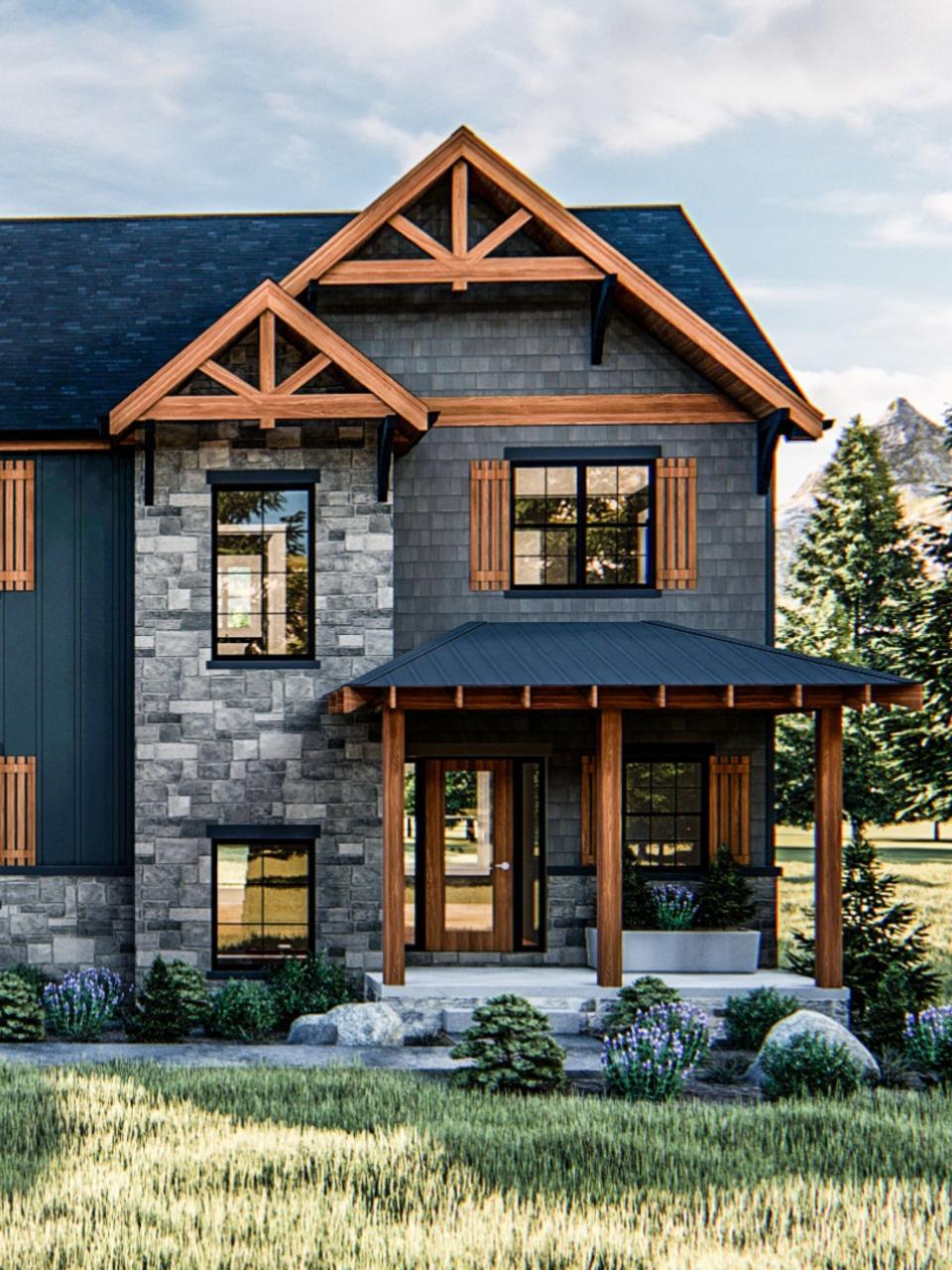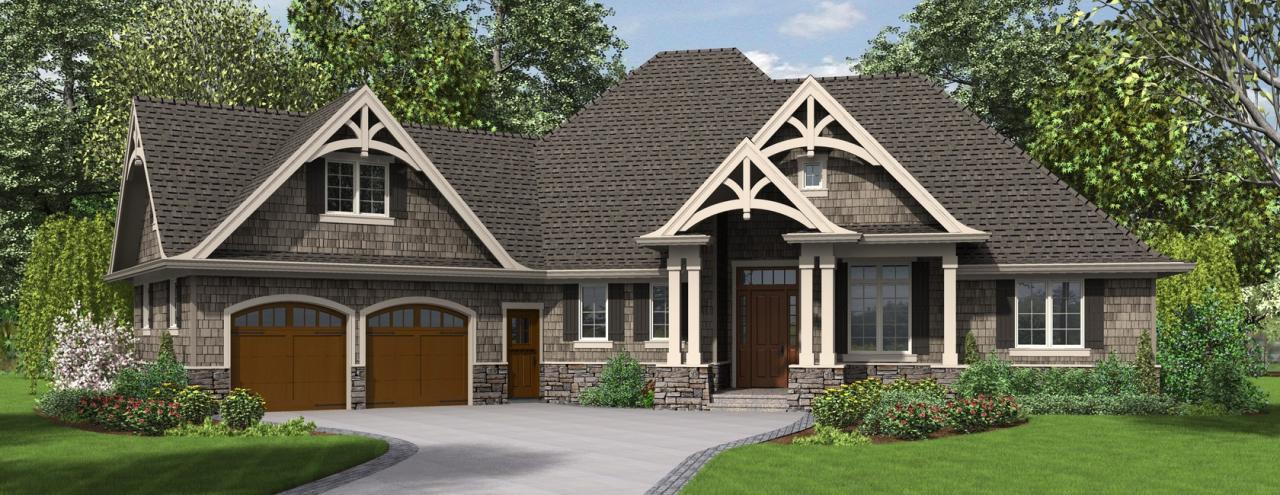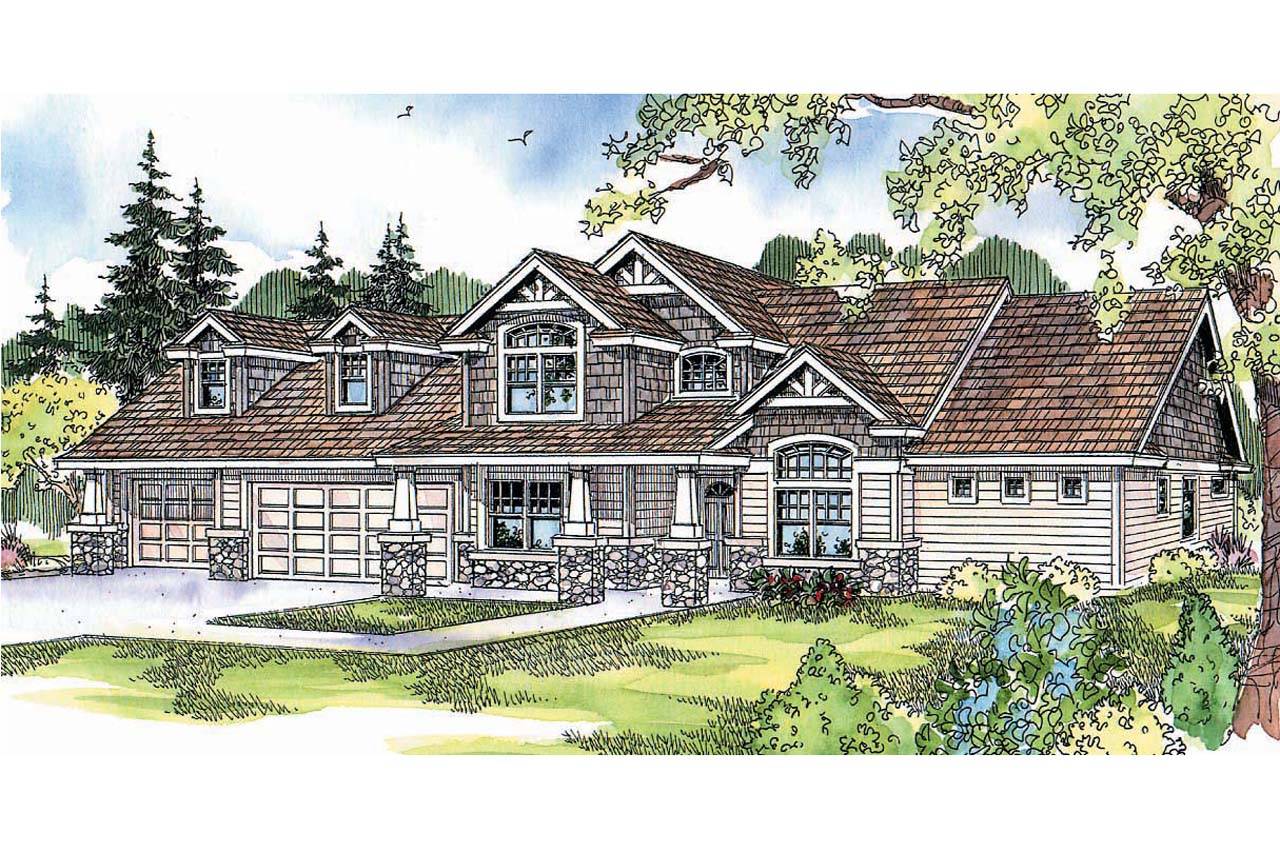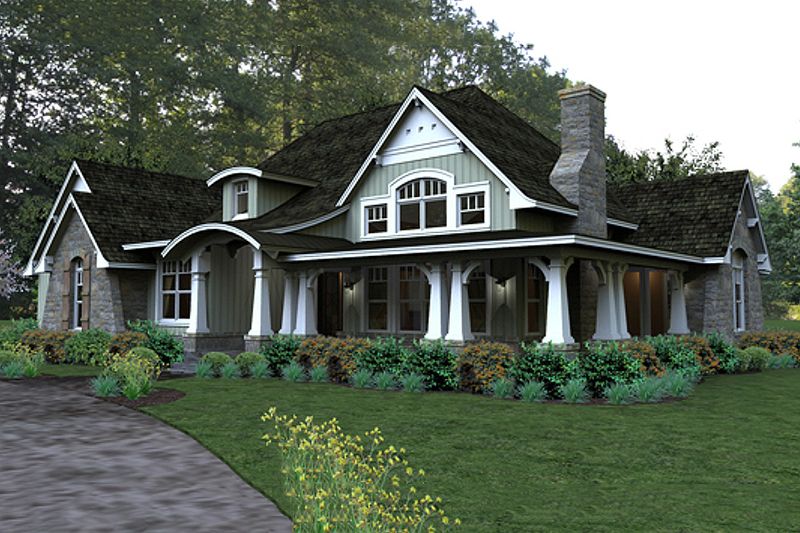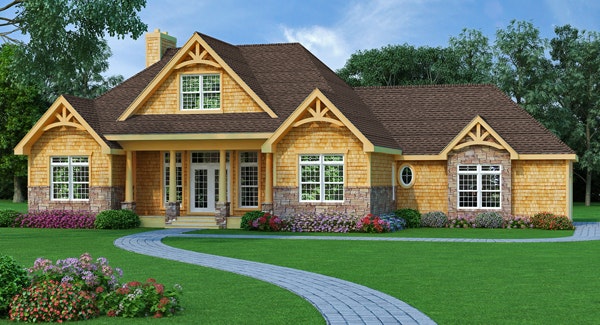Craftsman House Plans: A Symbol of Luxury and Elegance
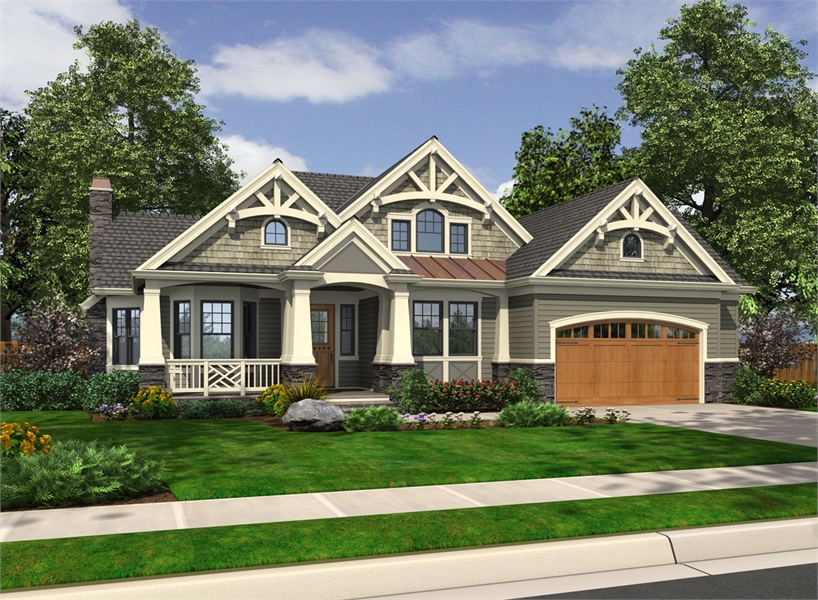
Craftsman house plans have been a staple of American architecture for over a century. With their emphasis on handcrafted details, natural materials, and cozy warmth, it’s easy to see why these homes remain a popular choice for many homeowners. In this article, we’ll explore the history of Craftsman house plans, their defining features, and what makes them so desirable.
A Brief History of Craftsman House Plans
The Craftsman movement emerged in the late 19th century as a response to the mass-produced, cookie-cutter architecture of the time. Architects like Frank Lloyd Wright and Gustav Stickley sought to create homes that were not only beautiful but also functional and affordable. They drew inspiration from the British Arts and Crafts movement, which emphasized the importance of handcrafted details and the use of natural materials.
The first Craftsman house plans were designed in the 1900s and quickly gained popularity across the United States. These homes were characterized by their low-pitched gabled roofs, wide eaves, and exposed rafters. They often featured large porches with thick columns and a cozy, inviting atmosphere.
Defining Features of Craftsman House Plans
Craftsman house plans are known for their unique blend of form and function. Here are some of the defining features of these homes:
- Low-pitched gabled roofs: Craftsman homes often feature low-pitched gabled roofs with wide overhanging eaves. This design element helps to create a sense of shelter and protection from the elements.
- Exposed rafters and beams: Craftsman homes often feature exposed rafters and beams, which add a touch of warmth and coziness to the interior spaces.
- Large porches: Craftsman homes often feature large porches with thick columns and a cozy, inviting atmosphere. These porches are perfect for relaxing and enjoying the outdoors.
- Double-hung windows: Craftsman homes often feature double-hung windows, which provide excellent ventilation and natural light.
- Wooden trim and moldings: Craftsman homes often feature wooden trim and moldings, which add a touch of elegance and sophistication to the interior spaces.
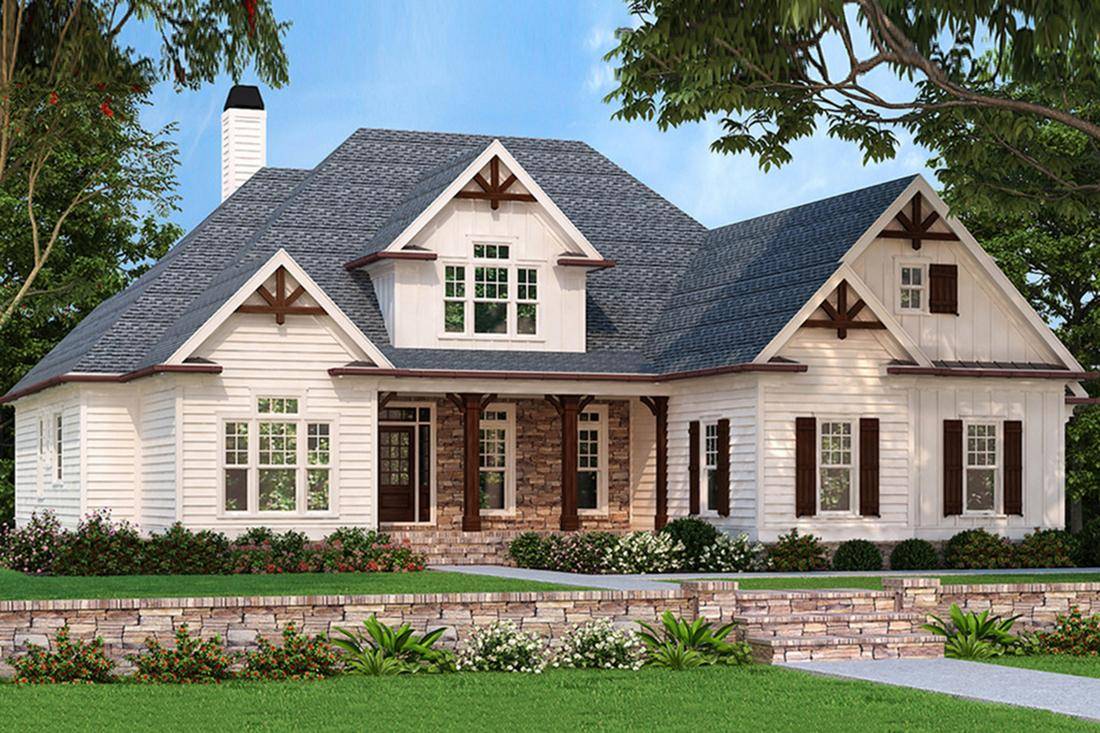
Types of Craftsman House Plans
There are several types of Craftsman house plans to choose from, each with its own unique characteristics and features. Here are some of the most popular types of Craftsman house plans:
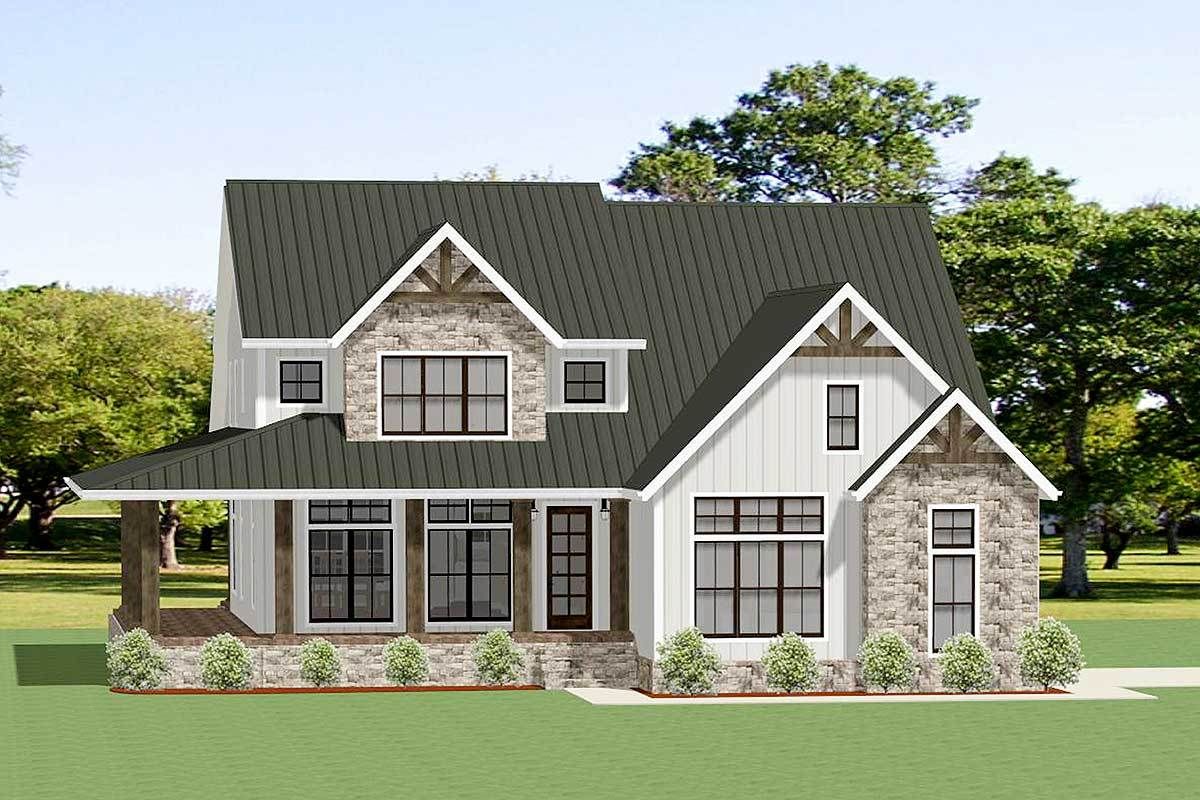
- Bungalow Craftsman: Bungalow Craftsman homes are small, cozy homes that are perfect for singles or couples. They often feature a single story and a compact footprint.
- Prairie Craftsman: Prairie Craftsman homes are larger than bungalow Craftsman homes and often feature a more open floor plan. They are inspired by the Prairie School of architecture and feature long, horizontal lines and low-pitched roofs.
- Four-Square Craftsman: Four-Square Craftsman homes are larger than bungalow Craftsman homes and often feature a more formal layout. They are characterized by a square shape and a pyramidal roof.
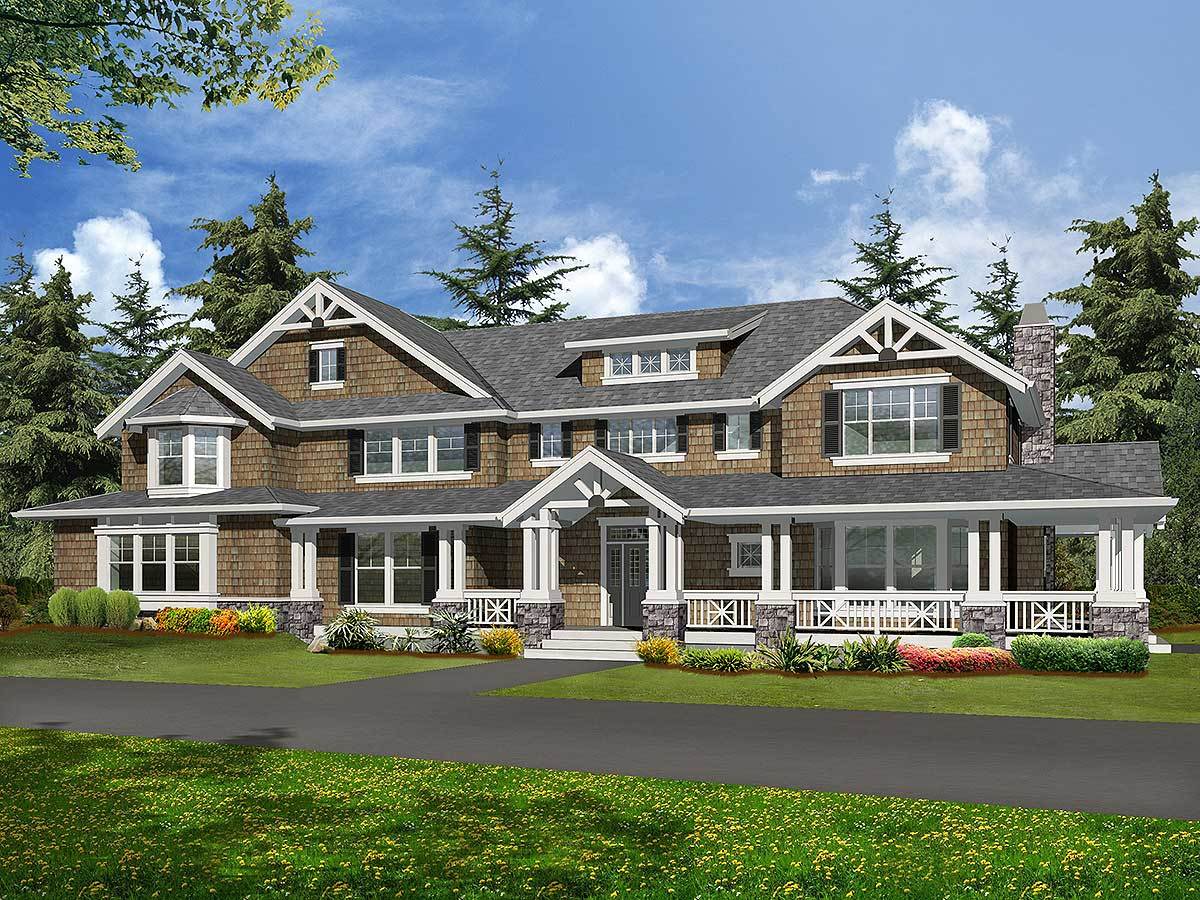
Why Choose a Craftsman House Plan?
Craftsman house plans offer many benefits to homeowners. Here are some of the reasons why you might choose a Craftsman house plan:
- Unique character: Craftsman homes have a unique character that is hard to find in modern homes. They offer a sense of history and tradition that is difficult to replicate in newer homes.
- Cozy warmth: Craftsman homes are known for their cozy warmth and inviting atmosphere. They often feature large porches, wooden trim, and exposed rafters, which add to their warmth and charm.
- Functional design: Craftsman homes are designed to be functional and efficient. They often feature open floor plans, large closets, and plenty of storage space.
- Energy efficiency: Craftsman homes are often designed to be energy efficient, with features like large overhangs, thick walls, and plenty of insulation.
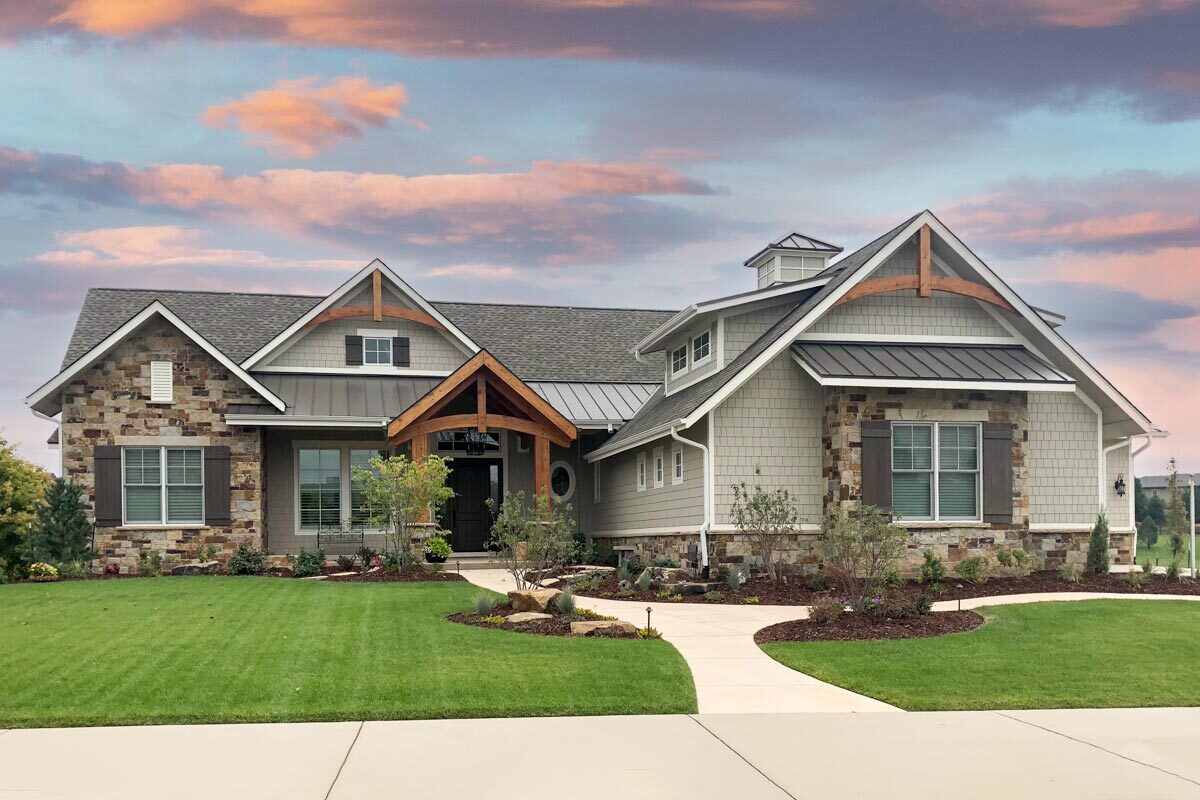
Modern Twists on Traditional Craftsman House Plans
While traditional Craftsman house plans are still popular, many homeowners are looking for modern twists on these classic designs. Here are some ways to update a traditional Craftsman house plan:
- Add modern materials: Consider adding modern materials like steel, glass, and concrete to your Craftsman home. These materials can add a touch of sophistication and elegance to your design.
- Update the layout: Consider updating the layout of your Craftsman home to make it more functional and efficient. This might involve adding an open floor plan or creating a more modern kitchen layout.
- Add sustainable features: Consider adding sustainable features like solar panels, rain barrels, and low-flow fixtures to your Craftsman home. These features can help reduce your environmental impact and save you money on your utility bills.
Conclusion
Craftsman house plans are a timeless choice for homeowners who value luxury, elegance, and functionality. With their unique blend of form and function, these homes offer a sense of warmth and coziness that is hard to find in modern homes. Whether you’re looking for a traditional Craftsman design or a modern twist on this classic style, there’s a Craftsman house plan that’s right for you.
As a personal opinion, I think Craftsman house plans are a great choice for anyone who wants a home that is both beautiful and functional. The attention to detail and the use of natural materials make these homes truly special. Additionally, the cozy warmth and inviting atmosphere of Craftsman homes make them perfect for families and individuals who value comfort and relaxation.
In conclusion, Craftsman house plans are a popular choice for homeowners who value luxury, elegance, and functionality. With their unique blend of form and function, these homes offer a sense of warmth and coziness that is hard to find in modern homes. Whether you’re looking for a traditional Craftsman design or a modern twist on this classic style, there’s a Craftsman house plan that’s right for you.
Architecture Gallery by Craftsman House Plans: A Symbol of Luxury and Elegance
